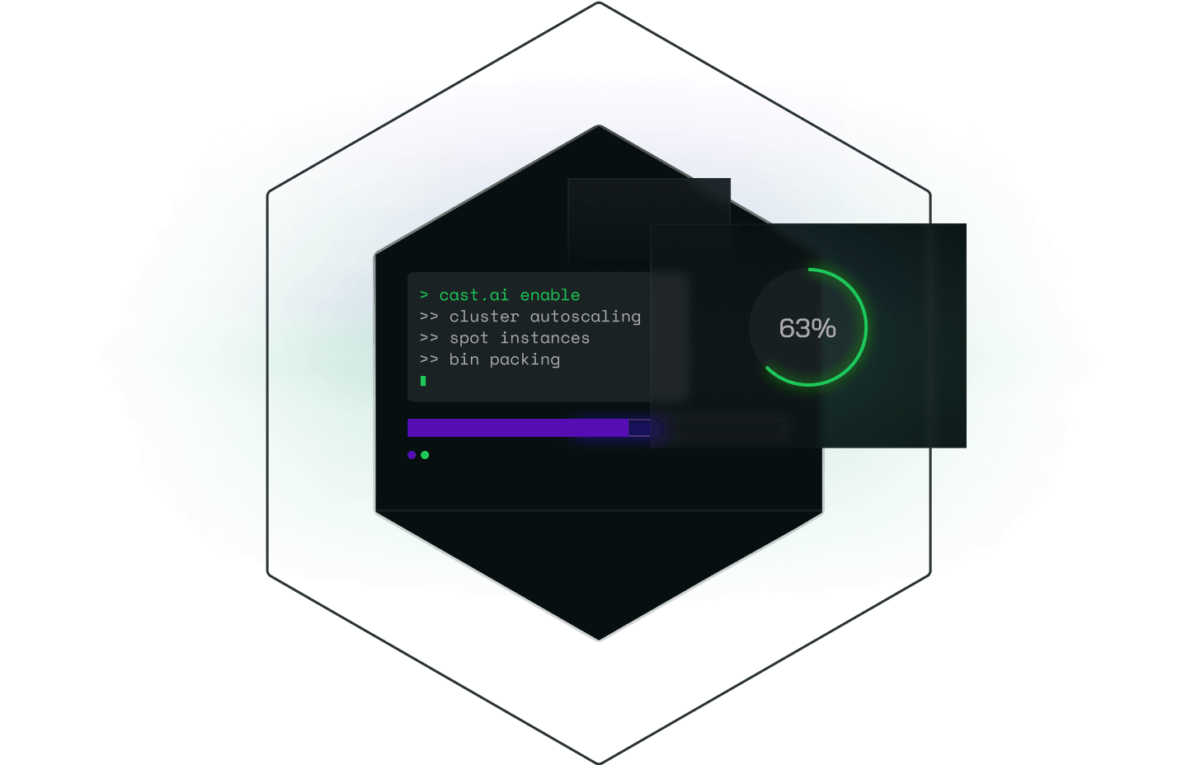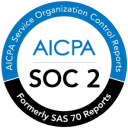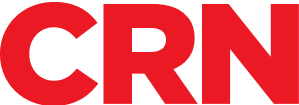// cloud cost optimization
Automated Cloud Cost Optimization
Scan and optimize your cloud setup automatically within minutes.
CAST AI clients save an average of over 60% without hassling engineers to constantly think about cost reduction.

Free to start on your own
Simply sign up and connect your cluster to get started.
Access to all VM types
No need to analyze VMs, the platform picks what’s best for you.
60 seconds
That’s all it takes to start using it on your cluster.
Billing access not required
Using public pricing, CAST AI doesn’t ask for billing access.
// key features
All-in-one automated cloud cost optimization
Get the most out of your cloud spend with automation. Fast autoscaling up and down, spot instance automation, instance selection, bin packing, and more.
Optimize cloud costs in minutes
Analyze your Kubernetes cluster and get a custom savings report. See how much you could be saving already and optimize your cloud setup automatically. 5 minutes – that’s all it takes!
Pay only for what your workloads need
Pay only for what your workloads need. CAST AI is application-centric, so it always starts with identifying what your workloads need and then picks the best combination of resources. No more overprovisioning, still top-notch performance.
Get top performance for the best price
CAST AI doesn’t charge you for any specific cloud cost optimization approach, so you always get the required performance more affordably.
Reduce large language model costs
Our new AI Optimizer service automatically identifies the LLM that offers the most optimal performance and lowest inference costs, and deploys it on CAST AI optimized Kubernetes clusters, unlocking unprecedented generative AI savings. Learn more.

// getting started
Start free in 3 steps
Simplify your Kubernetes deployments and ongoing maintenance to cut your cost in half. You are one script away from getting started with CAST AI.
Connect your cluster
Run one script to install a lightweight agent that will analyze your cluster. It’s secure and ISO, SOC 2, and CIS certified.


Check your cluster’s reports
Immediately see how much you can save in the available savings report. Also check your security standing and cost monitoring for a full picture.
Optimize automatically
Instruct CAST AI to automatically implement the changes in your savings report to cut costs immediately and keep them low over time.
// key features
All that you need for better cloud cost optimization
Free and without limits, CAST AI provides you with the tools you need to get on top of your cloud spend.
Instant rebalancing
Bring your cluster to an optimized state automatically within minutes and enjoy improved performance at a far lower cost.
Full cost visibility
CAST AI uses universal metrics, so you can analyze and forecast expenses for projects, clusters, and deployments.
What you see is what you get
CAST AI reports show you the exact savings you can realistically get for your cluster at a given time.
A real-time engine
The platform adds or removes resources as soon as they become necessary to ensure the best performance of your workloads.
Affordable scalability
CAST AI lets you flexibly scale your infrastructure up and down as needed without breaking the bank and adding work for engineers.
AI-driven instance selection
Whenever your cluster needs extra nodes, our algorithm chooses the best instance type to meet the application’s requirements at a minimum cost.
// get started
Take the future of Kubernetes management for a spin
CAST AI simplifies Kubernetes workflows at scale, offering bottom-up visibility and task automation on your terms. Benefit from successful, cost-efficient K8s implementation by using automation.
What is cloud cost optimization?
Cloud cost optimization is a set of methods, approaches, best practices, and tools that help teams lower cloud costs while increasing the business value and return on investment (ROI) of the cloud.
Cost optimization consists of processes that aim to minimize your overall cloud costs. Examples include:
- Identifying mismanaged resources,
- Removing cloud waste by limiting overprovisioning,
- Rightsizing compute resources,
- Selecting the right type of virtual machines,
- Leveraging mechanisms like autoscaling to handle dynamic changes in demand
- Using cost-efficient resources such as spot instances.
What are the most cost-effective cloud cost optimization strategies?
Here’s a quick overview of the best cloud cost optimization strategies:
- Start by understanding your cloud bill – the first step is always taking a good look at your current expenses and allocating costs to teams, projects, or departments. This will help you understand how your teams are using cloud resources and identify potential opportunities for reducing costs.
- Choose the best compute resources for your application – compute resources often make up a huge part of a cloud bill because engineers tend to overprovision applications. Instead, you need to pick the types and sizes of virtual machines from cloud providers that are just enough to ensure great performance and help you save costs.
- Achieve greater savings with spot instances – using cost-efficient resources such as spot instances can make a massive difference to your cloud bill. Spot instances offer up to 90% off the on-demand pricing, giving you access to compute at a fraction of the regular price. And if you have automation in place, you can use spot instances for many of your workloads.
- Don’t get lured by the promise of reservations – it’s smarter to optimize your cloud costs with the help of spot instances instead of entering into a long-term commitment where you pay for resources upfront. Forecasting your business’s needs will be challenging, and the dynamic nature of cloud computing won’t help either. You’re in the cloud because you wanted flexibility, not getting locked into a deal with a cloud provider.
- Pick the right tool for the job – there are plenty of cloud cost optimization tools out there. While some of them rely on manual intervention and only provide recommendations your engineers must implement on their own, others make it easier with automation. Automated cloud cost optimization platforms select the best resources, handle interruptions in spot instances gracefully, and rightsize both virtual machines and workloads to eliminate waste and ensure optimal performance.
How can I reduce cloud costs without sacrificing performance?
While inexpensive resources may look attractive, betting your business operations on them is risky. All it takes is one memory-intensive application, and you might experience poor performance.
Balancing cost and performance is the greatest challenge of optimizing cloud costs, where the idea is to provision just enough resources for your application to run but avoid cloud waste. At the same time, you don’t want all the optimization effort to lower your eventual savings.
The best solution here is automation. An automated cloud optimization platform takes care of many provisioning, selection, and configuration tasks. This frees up engineers to provide more business value to their organizations.
How can I identify and eliminate unnecessary costs associated with cloud usage?
Here are a few best practices that help avoid unnecessary cloud costs:
- Plan for capacity and understand your current and future utilization levels,
- Employ cost-monitoring software to get real-time updates and alarms,
- Avoid cloud sprawl by keeping resources in check and scanning your infrastructure for abandoned resources left running,
- Check how many cloud resources your applications really use – this is called requested capacity. Make sure to never overprovision them and have mechanisms like autoscaling in place to handle sudden spikes in demand.
What are the best practices for optimizing cloud costs?
The tips below can help you get the most out of your cloud environment while keeping costs down:
- Examine the pricing and billing information,
- Create a cloud budget,
- Identify underutilized resources,
- Detect idle resources,
- Rightsize cloud resources (select the best type and size of instances),
- Make use of spot instances.
How can I use automation to reduce cloud costs?
An automated cloud cost optimization solution performs the following tasks:
- Chooses the most cost-effective instance types and sizes to meet the needs of your applications.
- Autoscales your cloud resources to manage demand spikes.
- Removes resources that are no longer in use.
- Uses spot instances and gently manages possible disruptions.
- It also automates storage and backups, security and compliance management, and changes to setups and settings to help you save money in other areas.
- Most importantly, it applies all of these adjustments in real time, overcoming cloud optimization’s point-in-time nature.






